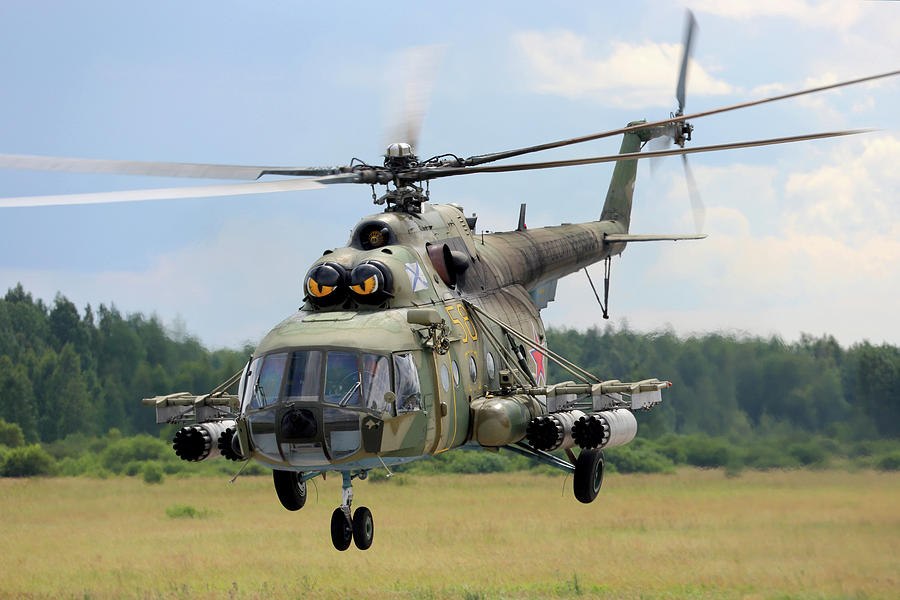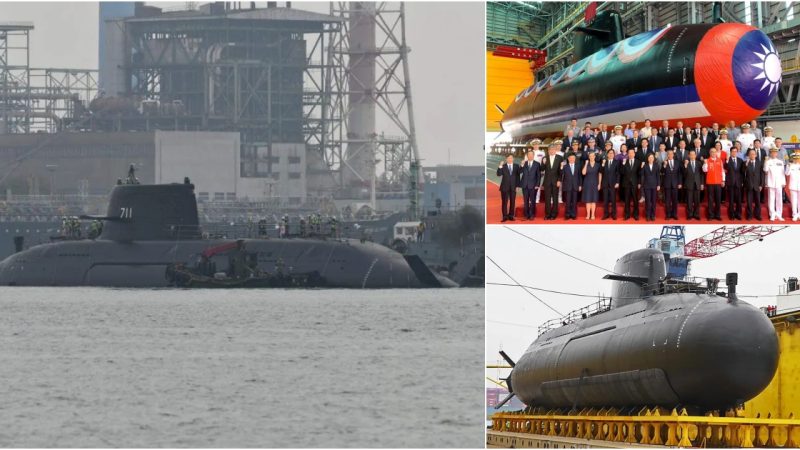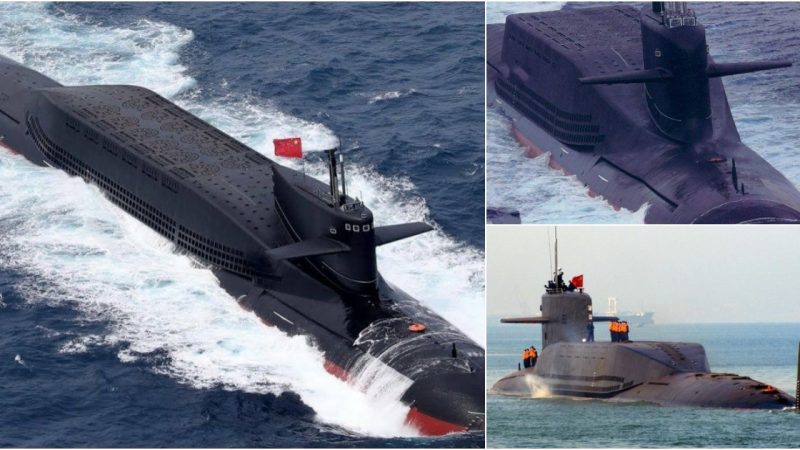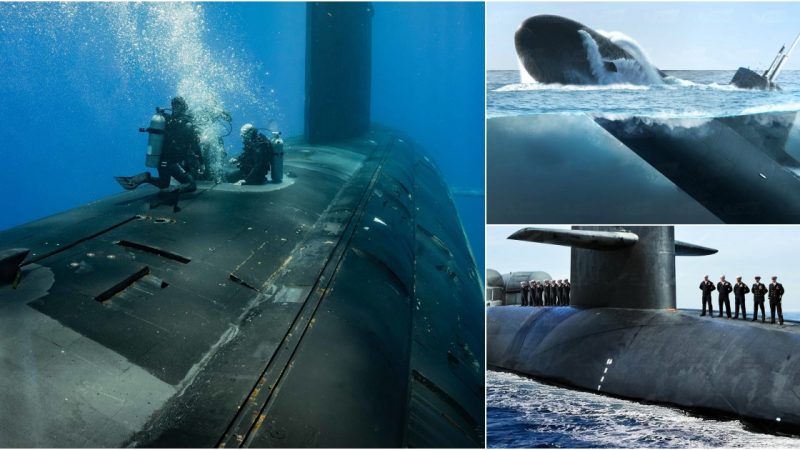
The Mil Mi-8, often referred to as the “Hip,” is one of the most prolific utility helicopters ever built, with over 7,300 examples manufactured since its introduction in 1961.
The combat-proven Mi-8 is rugged and dependable, serving in various military and civilian roles worldwide. It has evolved into the improved Mi-17 variant to meet the demands of the Russian armed forces and other operators. These helicopters are also employed by over 70 other air forces around the world. The Mi-8T Hip-C is the most widely used military transport version, while the Mi-8TB Hip-E has been adapted for combat roles, featuring machine guns, rockets, and anti-tank guided missiles.
To enhance performance, the Mi-8 was re-engined with 1,874 shp TV3-117MT engines to produce the Mi-17 (NATO reporting name Hip-H). This variant was introduced in 1975. Civilian operators utilize the Mi-17 designation, while CIS air forces favor the Mi-8MT designation. The Hip-H helicopters in CIS service are often equipped with extra features such as an upgraded cockpit, IR jammers, and chaff/flare dispensers. The Mi-8AMT is a basic civilian helicopter without armament.
The baseline Mi-8 is operated by a crew of three, including pilot, co-pilot, and flight engineer, and it can carry up to 24 fully-equipped troops.
The Mi-8/17 family has given rise to a diverse range of versions that cater to various specialized roles. Notable variants include the airborne command post, Mi-8PPA electronic countermeasures (with onboard jammers), communications intelligence and relay platforms. Other mission-specific versions serve as frontline utility units, photo-reconnaissance platforms, artillery fire correction, reconnaissance, VIP transport, medevac, and mine-sweeping and mine-clearing platforms. These specialized variants primarily serve the Russian armed forces but are also used by other CIS operators, including Belarus and Ukraine.
Combat experience in Chechnya has led to the development of a night attack capability, facilitated by night vision goggles-compatible cockpit, forward-looking infrared and laser rangefinder. Mil also produces a navalized version of the Mi-8, known as the Mi-14 Haze, for a variety of naval roles, including anti-submarine warfare.
The Mil Helicopter Plant has introduced a new model, the Mi-38, which is intended to replace the aging Mi-8 and Mi-17 helicopters. The Mi-38 made its maiden flight in 2003 and is currently in production for both military and civil applications. This versatile helicopter caters to a broad range of missions, demonstrating Mil’s commitment to evolving and improving their helicopter offerings for a global customer base.










